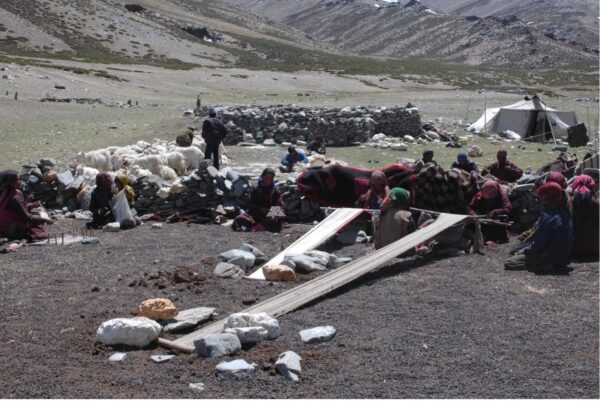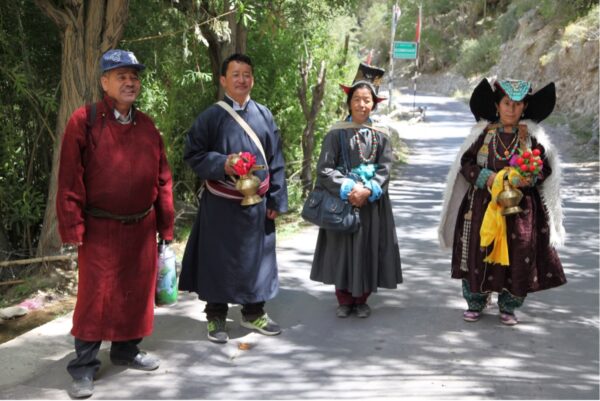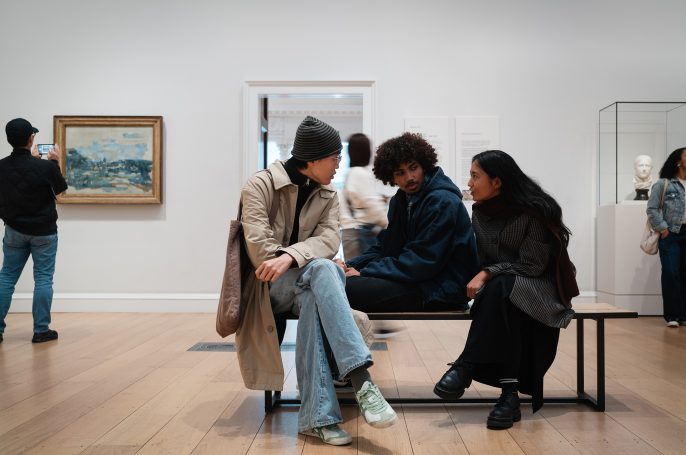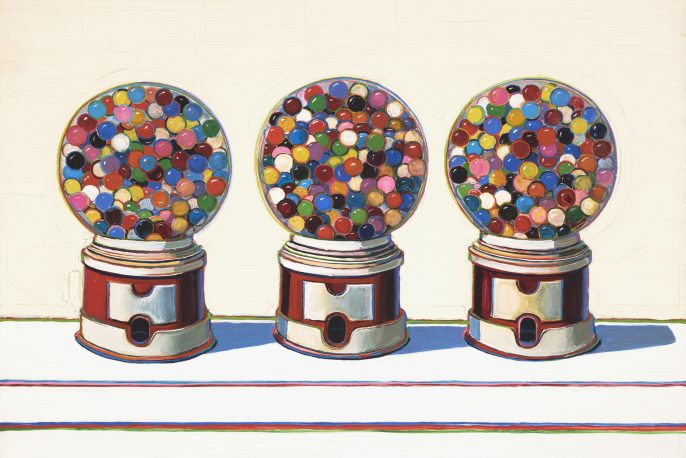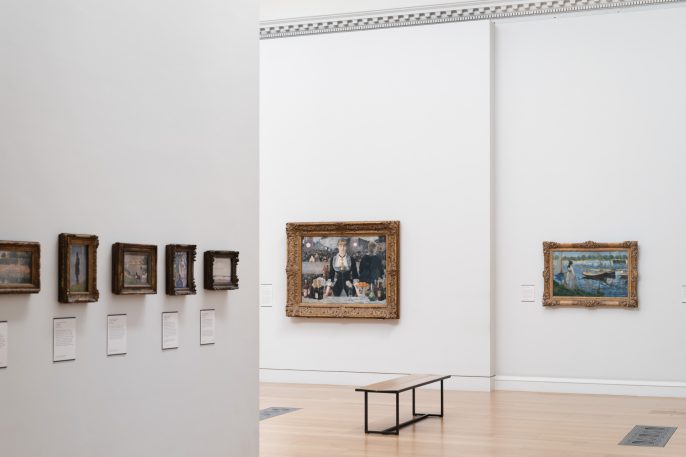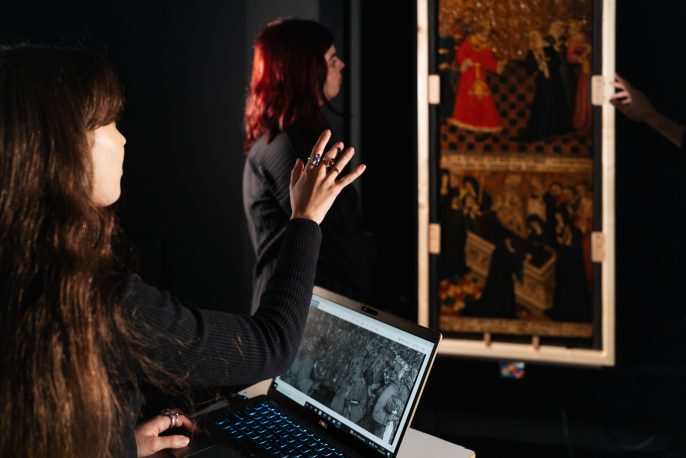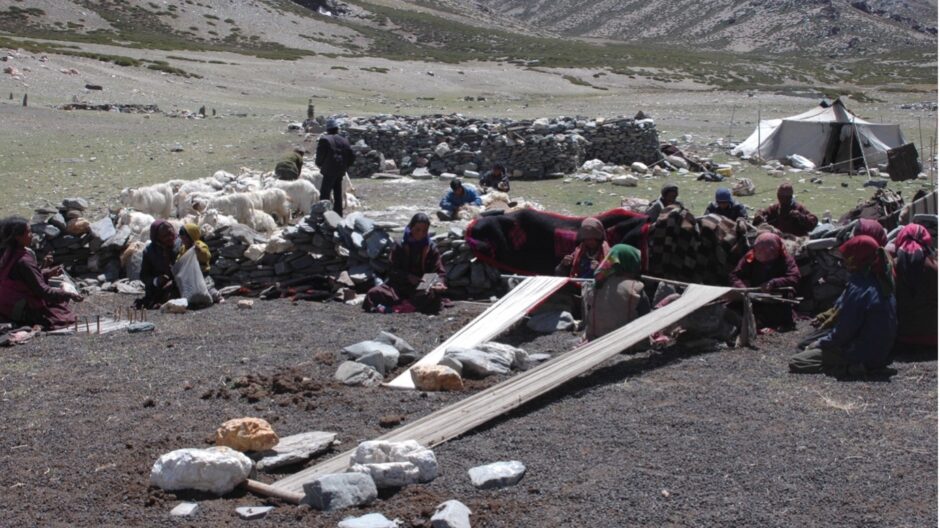Situated in the high reaches of the Himalayan and Karakoram ranges, Ladakh has a highly diverse textile tradition that reflects its physical, socio-economic and cultural environment. The range of fabrics used extends from elaborately patterned prestige garments made from trade textiles to simple homespun materials produced from locally available resources of wool and pashmina. While serving as apparel or as containers, coverings and hangings, textiles also speak about life in the region and articulate characteristics of the culture. Here, textiles and their making, extend beyond material concerns to express notions of genealogy and kinship, reveal gender roles, express spiritual ideals, disclose the history of trade, divulge one’s status, indicate political authority and changing trends.
Weaving is practiced throughout the region, though differences exist between agricultural and nomadic communities. The craft has strong symbolic representations and interpretations that resonate throughout Ladakhi life. The act of weaving and the fabric created, engage with Ladakhi society and beyond the making of cloth, they uphold values and determine gender roles. Weaving is closely connected to birth and life; the making of cloth is seen as an expression of a family network. Such strong associations resonate within the craft and have implications on its continuity.
This presentation will look at the history of fibres and textiles in Ladakh, their use and transformation over time. It will discuss traditional weaving systems in Ladakh, and their symbolic representations and interpretations in Ladakhi life. It will examine changes to the tradition first by the Moravian Missionaries and government Handicraft Centres, and more recently by emerging Ladakhi fashion designers. Eventually looking at whether or not the transformations in the making and use of textiles in Ladakh have impacted on the crafts engagement with Ladakhi life, and if the next generation of Ladakhis will continue to both uphold and recognise this importance.
Dr Monisha Ahmed, is the founder and Executive Director of Ladakh Arts and Media Organisation, Leh. She is an independent researcher, writer and curator whose work focuses on art practices and material culture in Ladakh. Her doctoral degree in Social Anthropology, from Oxford University, was on the textiles of the nomadic pastoralists of Changthang, and developed into the book Living Fabric: Weaving among the Nomads of Ladakh Himalaya (2002); it received the Textile Society of America’s R L Shep award in 2003 for best book in the field of ethnic textile studies. She has co-edited Ladakh – Culture at the Crossroads (2005), and collaborated on Pashmina – The Kashmir Shawl and Beyond (2009 and 2017), and published several articles on textile arts of the Himalayan world. From 2010 to 2016, she was Associate Editor of Marg magazine.
Organised by Jordan Quill (Phd Candidate, The Courtauld), and supported by Professor Sussan Babaie as part of the series From the Land of Snows: The Art and Material Culture of Tibet and the Himalayas, part of the Trans-Asias Research Cluster.
